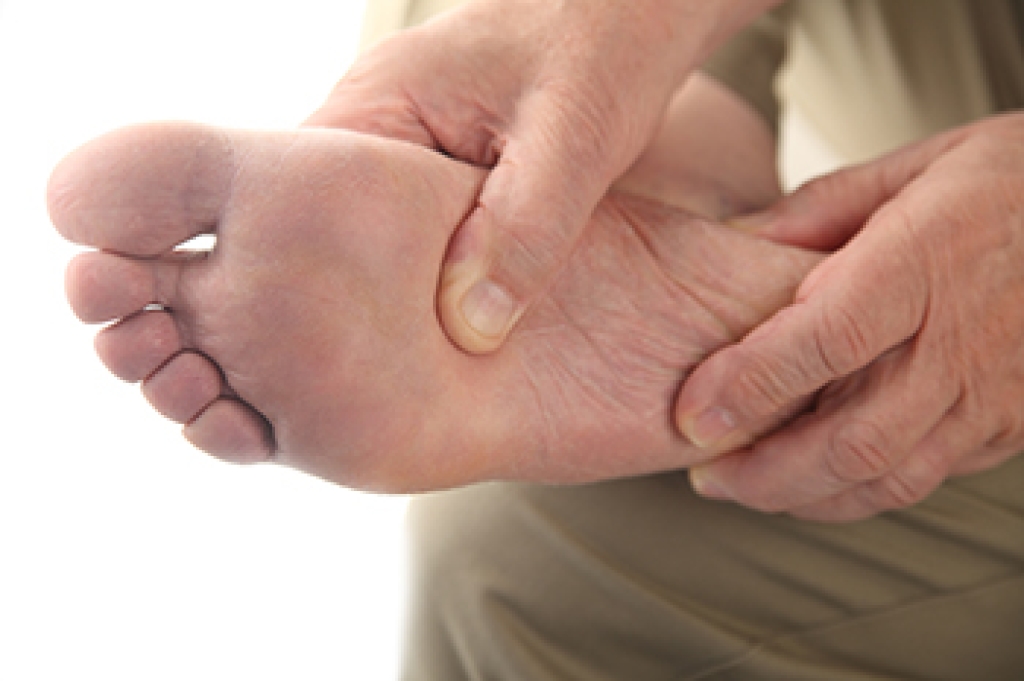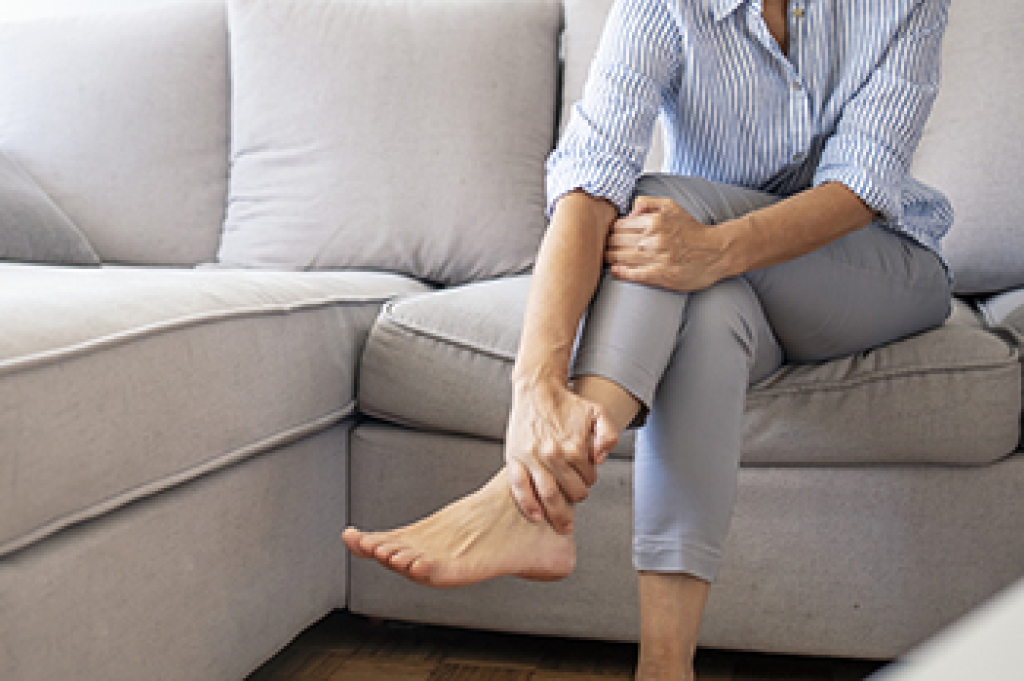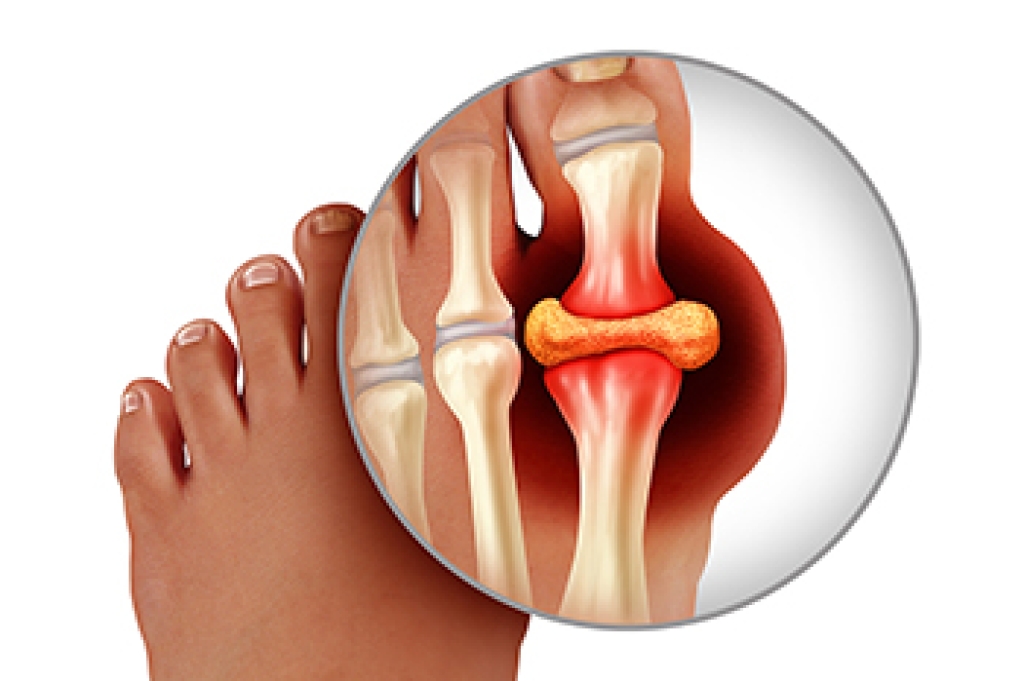
Diabetes is a condition that results in erratic blood sugar levels in the body. It is not an easy disease to navigate. It can have widespread effects on the body, including feeling and blood flow to the feet. Beyond managing blood sugar levels, it is important to examine your feet regularly looking for any cuts, sores, calluses, or changes to your skin or nails. A diabetic can develop neuropathy, making it hard to detect sensations in their extremities, such as pain. If this is difficult to do, a handheld mirror can help, as can asking a family member or care provider for assistance. Participating in regular physical activity and eating healthy can help keep blood sugar within a normal range. Problems brewing on the feet of a diabetic can turn into serious issues with life-threatening consequences. Those with diabetes can develop peripheral artery disease or poor blood flow to the feet, which puts them at risk for foot ulcers, gangrene, and tissue death. If you have diabetes, it is suggested that you visit a podiatrist regularly to have your feet examined as well as obtain prompt treatment for any problems that arise.
Diabetic foot care is important in preventing foot ailments such as ulcers. If you are suffering from diabetes or have any other concerns about your feet, contact David Mansky, DPM from Mansky Podiatry. Our doctor can provide the care you need to keep you pain-free and on your feet.
Diabetic Foot Care
Diabetes affects millions of people every year. The condition can damage blood vessels in many parts of the body, especially the feet. Because of this, taking care of your feet is essential if you have diabetes, and having a podiatrist help monitor your foot health is highly recommended.
The Importance of Caring for Your Feet
- Routinely inspect your feet for bruises or sores.
- Wear socks that fit your feet comfortably.
- Wear comfortable shoes that provide adequate support.
Patients with diabetes should have their doctor monitor their blood levels, as blood sugar levels play such a huge role in diabetic care. Monitoring these levels on a regular basis is highly advised.
It is always best to inform your healthcare professional of any concerns you may have regarding your feet, especially for diabetic patients. Early treatment and routine foot examinations are keys to maintaining proper health, especially because severe complications can arise if proper treatment is not applied.
If you have any questions, please feel free to contact our office located in Hastings, MI . We offer the newest diagnostic and treatment technologies for all your foot care needs.




